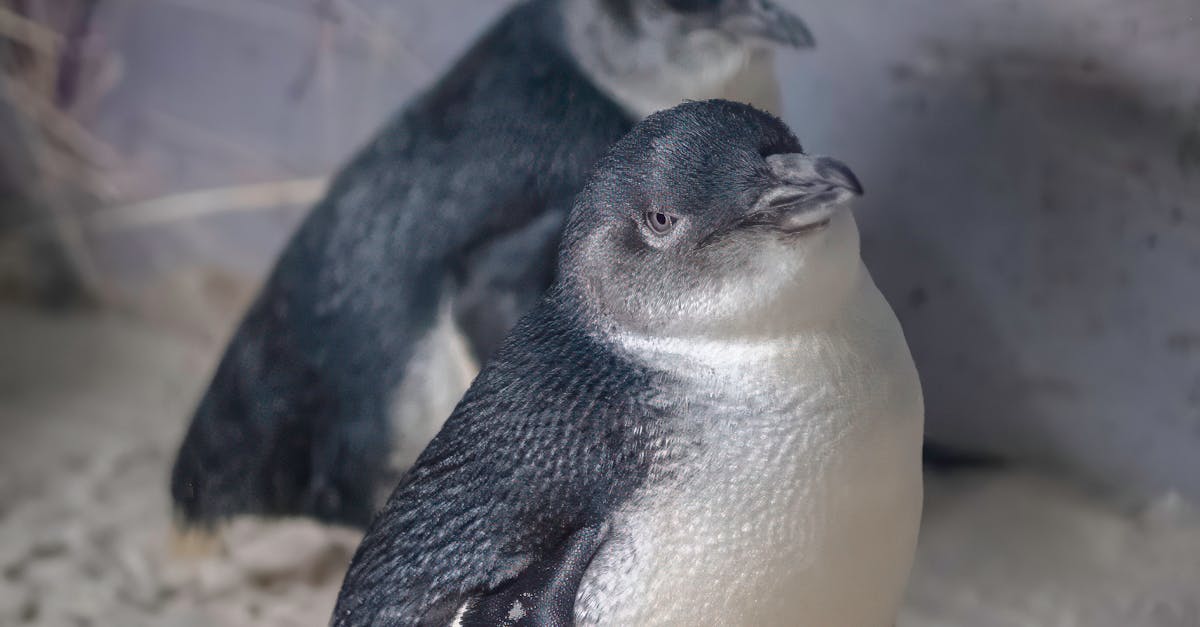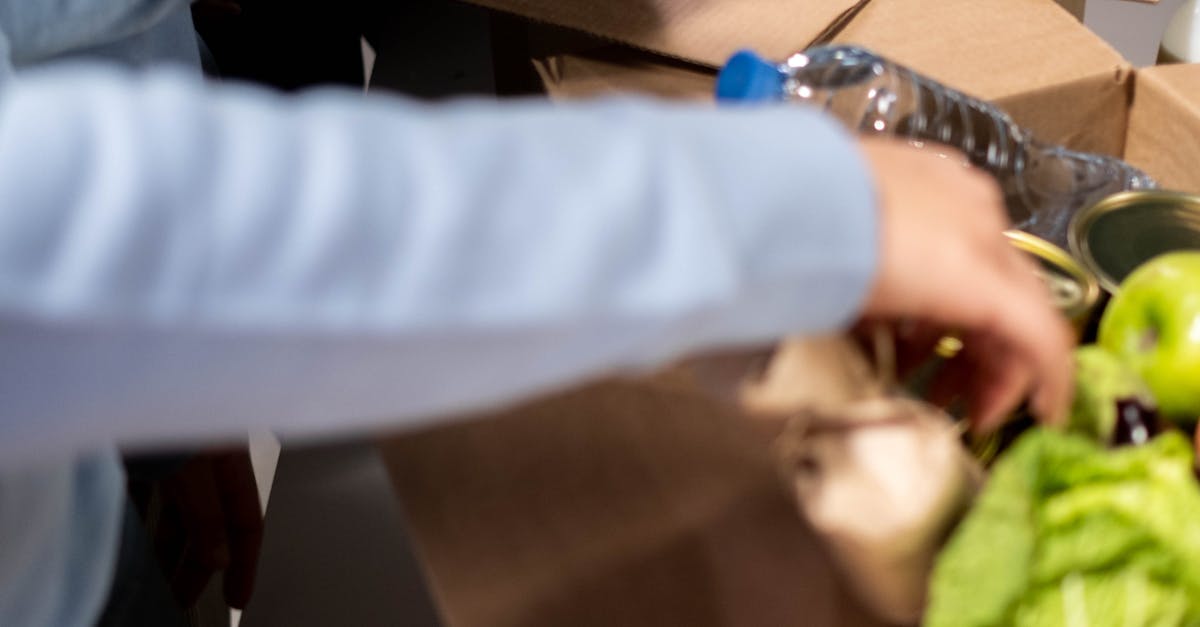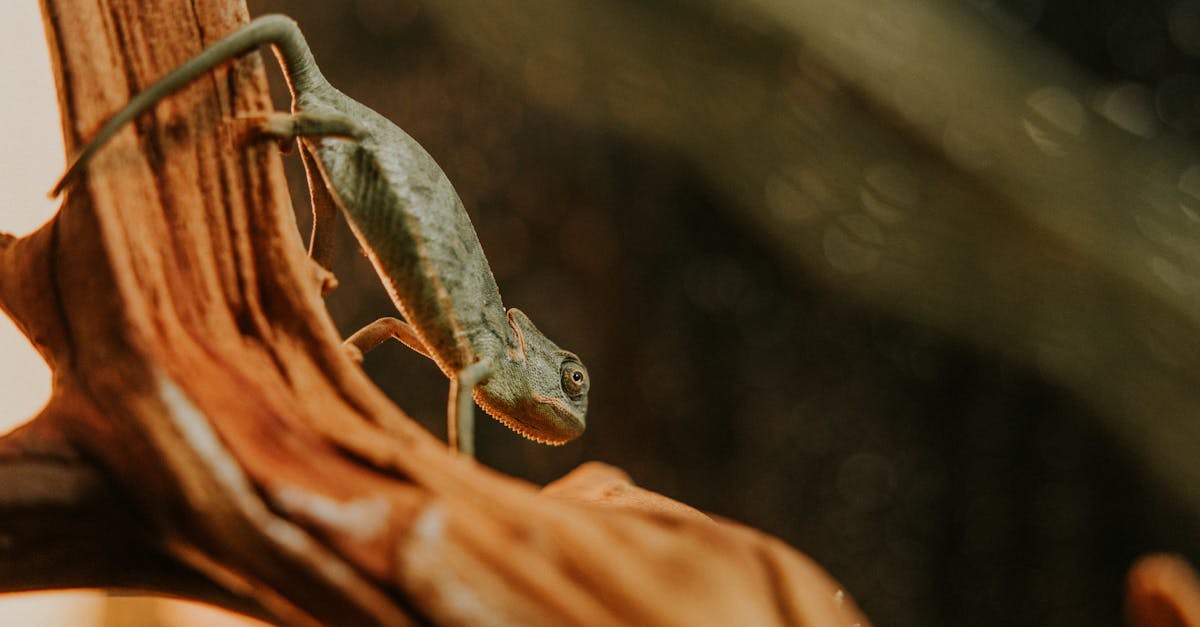Seahorses are remarkable creatures that capture the imagination of many due to their unique reproductive roles. While it is widely known that male seahorses give birth, there is often confusion surrounding whether they are the only males in the animal kingdom that do so.
This article delves into the intriguing world of seahorses, providing you with seven captivating facts that highlight their unique birthing process and shed light on the broader context of male parental care in the animal kind.
| Fact Number | Fact |
|---|---|
| 1 | Male Seahorses Have a Unique Brood Pouch |
| 2 | They Engage in a Unique Courtship Dance |
| 3 | Not All Seahorse Species Have Male Pregnancy |
| 4 | Other Male Species Also Exhibit Parental Care |
| 5 | The Male Seahorse’s Pregnancy Lasts Several Weeks |
| 6 | Male Seahorses Can Get Pregnant Multiple Times |
| 7 | Conservation Efforts Are Critical for Seahorses |
Male Seahorses Have A Unique Brood Pouch
The most distinctive feature of male seahorses is their brood pouch, where fertilized eggs are carried until they hatch. This pouch is a specialized structure that provides a safe environment for the developing embryos.
The male seahorse’s brood pouch is analogous to a mammalian womb, allowing for nutrient exchange and protection from predators. This adaptation is essential for the survival of the young seahorses, which are released into the water as tiny, fully-formed miniature adults.

They Engage In A Unique Courtship Dance
Before mating, seahorses engage in an elaborate courtship ritual that involves a series of synchronized movements and dances. This courtship can last for several days and includes swimming side by side, changing colors, and even entwining their tails.
This behavior not only strengthens the bond between partners but also ensures successful fertilization. The courtship dance is a fascinating display of the complexity of seahorse relationships, emphasizing the importance of both partners in the reproductive process.

Not All Seahorse Species Have Male Pregnancy
While male pregnancy is a notable characteristic of seahorses, it is essential to understand that not all seahorse species exhibit this trait. Some species have different reproductive strategies, and male pregnancy is primarily observed in the Hippocampus genus.
This diversity highlights the evolutionary adaptations that different species have developed in response to their environments and ecological niches.

Other Male Species Also Exhibit Parental Care
Although male seahorses are often celebrated for their unique role in reproduction, they are not the only male animals that engage in parental care. Several species in the animal kingdom exhibit male parental investment, including certain species of pipefish and sea dragons.
These species also have males that carry fertilized eggs or provide care for the young, demonstrating that the phenomenon of male pregnancy and parental care is more widespread than commonly believed.

The Male Seahorse’s Pregnancy Lasts Several Weeks
The duration of male pregnancy in seahorses can vary depending on the species and environmental conditions. Typically, the gestation period lasts from 10 days to six weeks, during which the male seahorse undergoes significant physiological changes.
The male carries the eggs in his pouch, where they are nourished and protected until they are ready to hatch. This remarkable process showcases the commitment of male seahorses to ensuring the survival of their offspring.

Male Seahorses Can Get Pregnant Multiple Times
One of the most fascinating aspects of male seahorses is their ability to become pregnant multiple times in a breeding season. After giving birth, a male seahorse can quickly mate again and accept new eggs into his pouch.
This reproductive strategy allows seahorses to maximize their reproductive output, making them highly efficient in their breeding practices. The ability to carry multiple broods throughout the breeding season is a unique adaptation that contributes to the species’ success.

Conservation Efforts Are Critical for Seahorses
Despite their unique reproductive adaptations, seahorses face numerous threats, including habitat destruction, overfishing, and climate change. Conservation efforts are critical to ensuring the survival of these remarkable creatures.
Organizations and governments are working to protect seahorse habitats, regulate fishing practices, and raise awareness about the importance of preserving these species. Efforts to conserve seahorses not only benefit them but also contribute to the health of marine ecosystems as a whole.

FAQs
Are Seahorses The Only Males That Give Birth?
While seahorses are the most well-known example of male pregnancy, they are not the only males in the animal kingdom that give birth or exhibit male parental care. ]
Other species, such as certain pipefish and sea dragons, also have males that carry fertilized eggs or provide care for their young.
How Does Male Seahorse Pregnancy Work?
Male seahorse pregnancy involves the male carrying fertilized eggs in a specialized brood pouch. The pouch provides a safe environment for the developing embryos, where they receive nutrients and protection until they hatch as fully-formed seahorses.
What Threats Do Seahorses Face?
Seahorses face various threats, including habitat destruction, overfishing, and climate change. Conservation efforts are essential to protect their habitats and ensure their survival in the wild.
